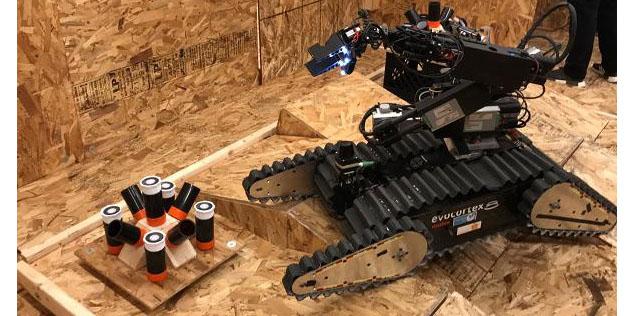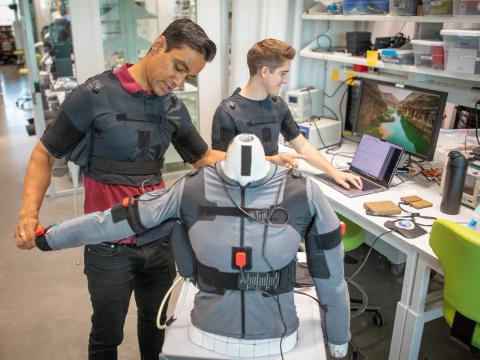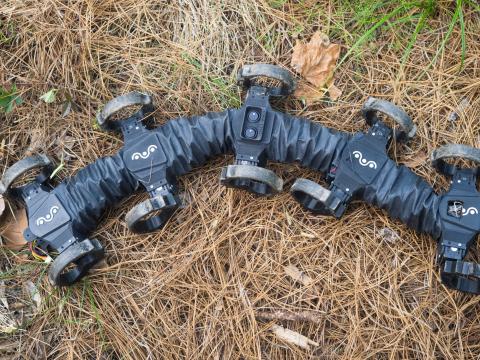DHS, NIST Standards for Rescue Robots Gain Momentum
Over the last decade, emergency responders have increasingly relied on robots to assist with public safety functions that may be too dangerous for humans. Autonomous systems can perform search and rescue tasks, provide decision support, transport medical supplies, extinguish fires, map disaster areas or accomplish other important rescue functions.
Even though autonomous technologies have advanced, the ability to test robots has lagged, especially for systems used in public safety. To solve this problem, the U.S. Department of Homeland Security’s (DHS’) Science and Technology Directorate (S&T) and the National Institute of Standards and Technology (NIST) have developed methods to evaluate rescue robots. “Without standards and benchmarks for developing and testing machines, there are no clearly defined rules by which the robots can be compared,” according to a news release from the department.
So far, S&T and NIST have created 30 standards—20 that apply to ground robots and 10 for drones—the DHS reported.
“We wanted to develop standards the whole community agreed upon, especially first responders who will be using them to disarm bombs, go into fires, etc.,” said Kai-Dee Chu, S&T program manager. “If the claim is that a robot can carry a victim out of a fire or inspect luggage aboard a plane, we design an environment to test it.”
The standards are being applied around the world more and more. At the RoboCup Federation’s annual competition, known as RoboCup, emergency response robots were judged using the standards. While the international RoboCup tournament features robots of all sizes—from junior size to humanoid—playing soccer, the event also includes a rescue robot league. Rescue robots competing at this summer’s tournament in Montreal were tested based on their maneuverability, mobility, dexterity and mapping, the DHS reported. Sensors also were tested for visual, color, thermal, audio and motion acuity, hazardous material label identification, and latency, according to the department.
“This year’s challenge tasks used the same standard test methods as previous years but had more difficult apparatus settings toward the final missions,” said Adam Jacoff of NIST. “That’s how we use the test methods to push the state-of-the-science while maintaining the ability to measure and compare system capabilities in different locations at different times.”
The DHS originally developed the test methods to provide the Federal Emergency Management Agency (FEMA) and first responders a way to choose between robots for certain missions, the DHS release stated. FEMA found that some robots required well-trained operators, while others could be used easily. Also, the standards helped FEMA make better purchasing decisions based on the validated effectiveness of the robots.
Since then, various public and private partners have found the standards useful, according to the DHS. For example, NATO has adopted the test methods as well as officials in Nagoya, Japan, who are setting up a first-responder training event for 2020. “If you’re in a major city, you can probably find someone employing our test methods,” Chu said.
After the recent RoboCup, Canada’s Police College in Ontario and the Canadian Explosive Technicians Association are working to deploy the robot standards across Canada. “[It is] like getting a driver’s license for emergency response robots,” Jacoff said.





Comments